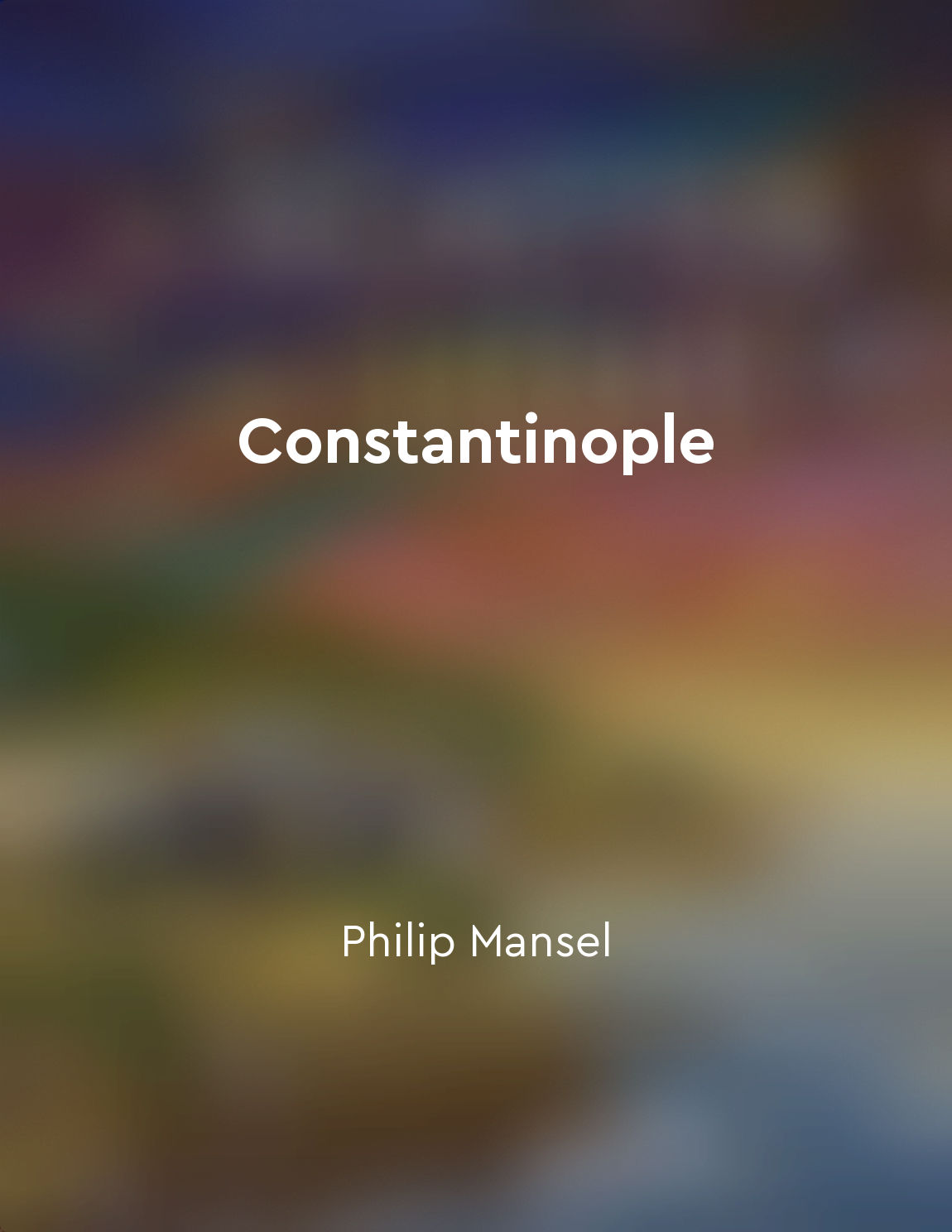The Hagia Sophia from "summary" of Constantinople by Philip Mansel
The Hagia Sophia is a monument that has defined the skyline of Constantinople for over a millennium. Originally built as a Christian cathedral in the sixth century, it was later converted into a mosque after the Ottoman conquest of the city in 1453. This transformation reflects the complex and layered history of Constantinople, a city that has served as the capital of both the Byzantine and Ottoman Empires. The Hagia Sophia is a masterpiece of Byzantine architecture, with its massive dome and intricate mosaics. Its construction was overseen by the Emperor Justinian, who sought to create a building that would rival the great churches of Rome. The result was a structure that not only impressed with its size and grandeur but also with its innovative use of architectural elements. When the Ottomans took control of Constantinople, they chose to preserve the Hagia Sophia rather than destroy it. They added minarets and removed Christian iconography, transforming the building into a mosque. This conversion symbolized the shift in power from the Christian Byzantine Empire to the Islamic Ottoman Empire. Despite its changing religious affiliations, the Hagia Sophia has remained a symbol of Constantinople's rich and diverse cultural heritage. It has served as a place of worship for both Christians and Muslims, reflecting the city's status as a crossroads of civilizations. Today, it stands as a museum, open to visitors of all faiths who wish to marvel at its beauty and contemplate its complex history.Similar Posts
Environmental challenges threaten Silk Road regions
The Silk Road regions face a multitude of environmental challenges that pose a threat to their stability and development. These...
Economic policies of the Prophet
The Prophet's economic policies were based on justice and equality. He ensured that wealth was distributed fairly among all mem...
Rise of Islam
The religion of Mahomet might seem to have been more effectually destroyed by the prosperity of the church of Constantinople th...

Grand Bazaar
The Grand Bazaar of Istanbul is a labyrinthine shopping arcade that has stood the test of time for centuries. It is a bustling ...

Cultural melting pot
Constantinople, with its strategic location at the crossroads of Europe and Asia, has long been a cultural melting pot where di...
